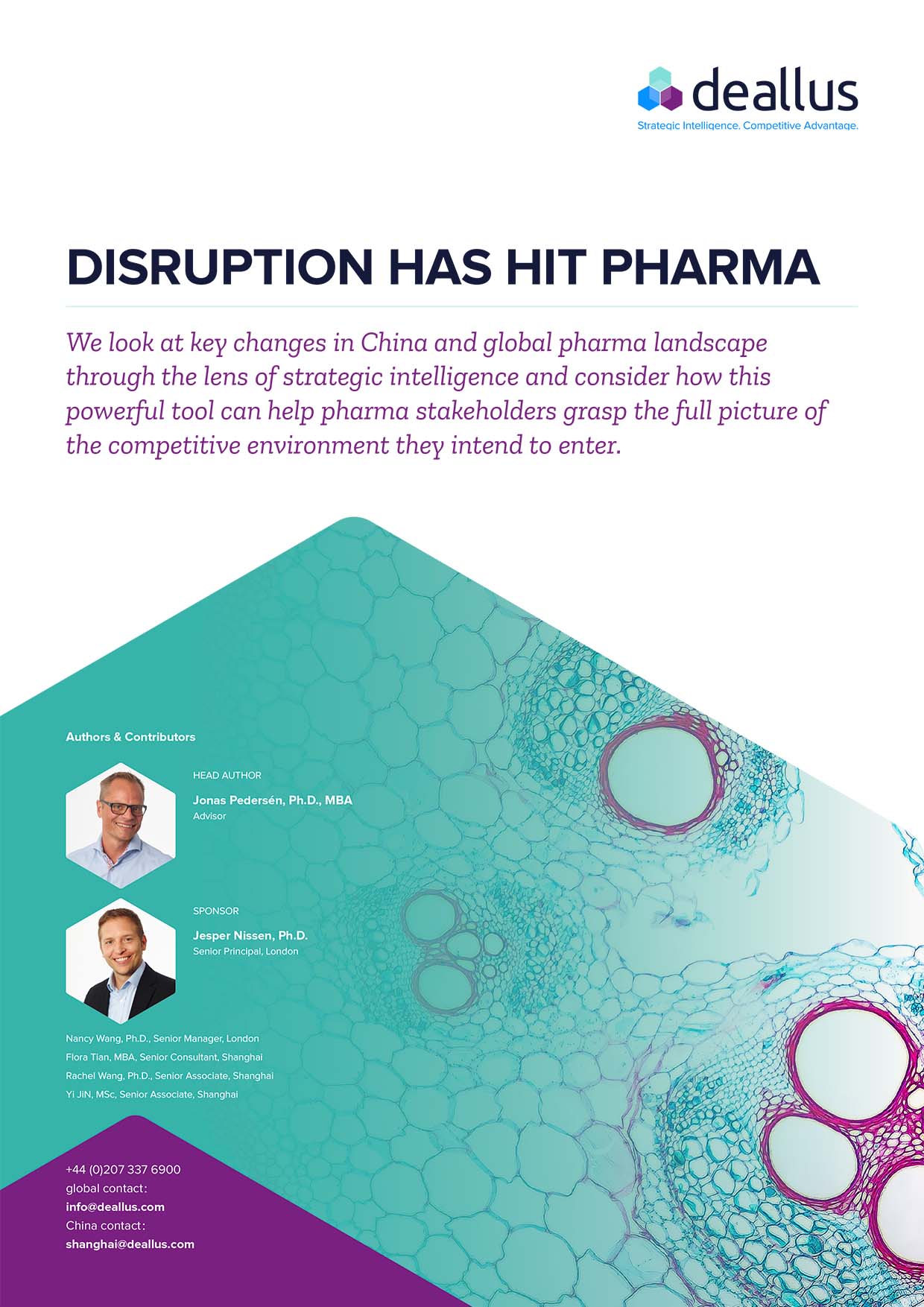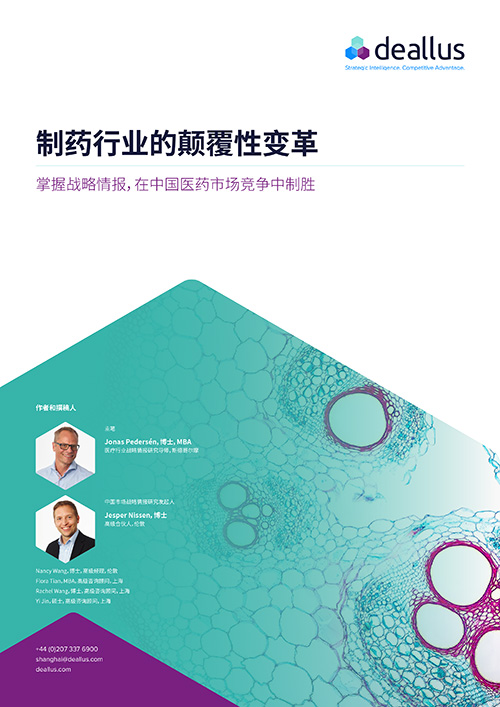Disruption has hit pharma
Strategic intelligence for a fiercely competitive marketplace
In the pharmaceutical industry, change has long been known as the only constant. But the last few years have seen the industry challenged and reshaped by drastic internal disruption and external paradigm shifts.
In major developed markets, the increasing adoption of health economics and outcomes research (HEOR) into payer decision-making means that efficacy and safety alone are no longer enough to launch even the most straightforward small molecule drug directly to profit. The rise of biologicals, biomarkertargeted drugs, gene-specific medications, regenerative medicines (CAR-T therapies), and immune checkpoint inhibitors have provided breakthrough therapies potentially benefitting millions. Whereas in China, social health insurance (SHI) to cover most of these innovative drugs is on the off chance in the short term.
Despite this challenging environment, the China pharma industry continues to grow, expanding steadily over the recent years, is valued at RMB 1,633 billion in 2019, with a year-on-year growth rate of 7%¹. Additionally, under the umbrella of ‘Healthy China 2030’, the initiation of healthcare reform in 2016 has seen the introduction of multiple policies, such as Generics Quality Consistency Evaluation (GQCE), ‘4+7’ Volume-based purchasing (VBP), diagnosisrelated groups (DRGs), prioritizing the launch of innovative medicine, as well as restricting SHI funding on off-patent generics².
You can also download the white paper here in Chinese.
Get in touch with us at Deallus Shanghai. We’re ready and waiting to talk about how we can assist you with your project.
You may also be interested in…
World Brain Day 2024
Established by the World Federation of Neurology in 2014, World Brain Day seeks to raise public awareness on various neurological health topics each year. This year’s theme, “Brain Health and Prevention”, brings awareness to preventive measures that can alleviate the burden of many neurological conditions for patients across the world.
World Kidney Cancer Day: The future of RCC treatment
World Kidney Cancer Day brings much needed attention to a disease affecting hundreds of thousands of people worldwide.




